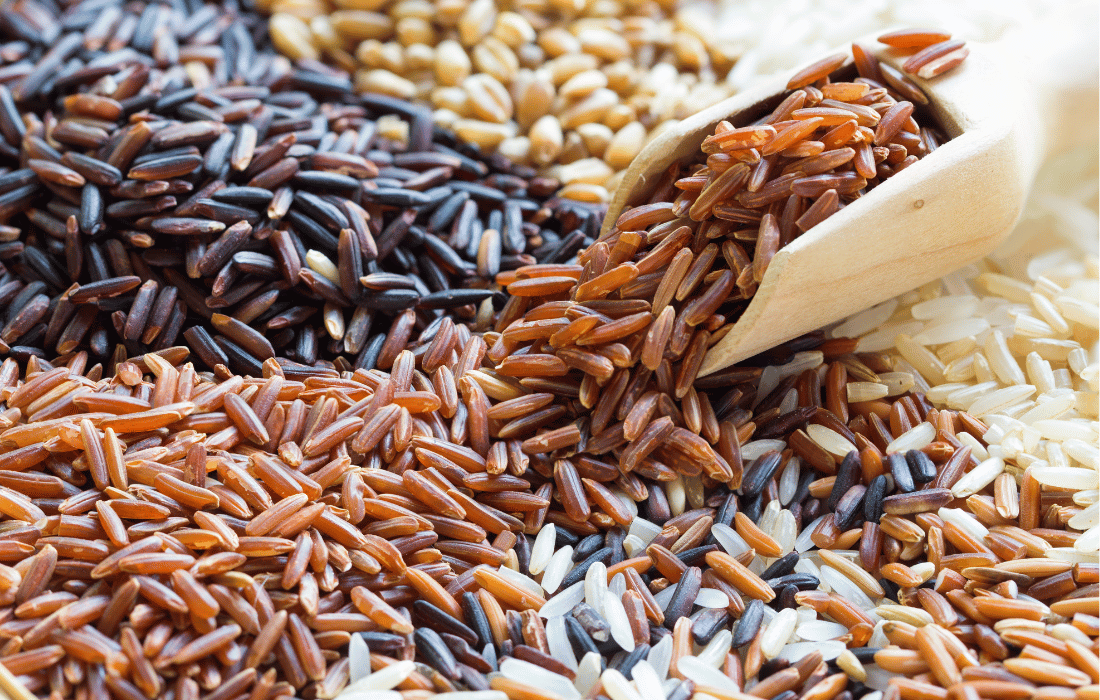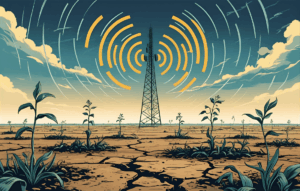A brand-new report released in May 2025 by Healthy Babies Bright Futures (HBBF) has thrown a major spotlight on something most people wouldn’t expect to find in their kitchen staple: rice. Specifically, we’re talking about high levels of arsenic, cadmium, lead, and mercury in some of the most popular rice products sold in the United States.
This isn’t a fringe concern. The HBBF study tested 145 rice products—including white, brown, organic, non-organic, domestic, and imported rice. The result? Every single sample contained all four toxic heavy metals. Over a quarter exceeded the FDA’s limit for arsenic in infant rice cereal, and that’s not even the worst part.
🚨 You may want to think twice about that rice bowl.
— kyletothemoon (@tothemoonhealth) June 16, 2025
New study tested 145 rice products. The result?
- 100% contained arsenic, lead, cadmium, & mercury.
- 25%+ had more arsenic than the @FDA allows in infant cereal.
🔗Learn more: https://t.co/In9OsfZIe3#heavymetalsdetox
Let’s break down what this study really means, how rice ends up containing these dangerous metals, and what you can do about it.
Why Rice Is So Vulnerable to Heavy Metal Contamination
Rice is uniquely vulnerable to contamination because of the way it’s grown. Most rice is cultivated in flooded fields, or paddies, which allow for easier weed control but create a perfect storm for heavy metal absorption. Arsenic, which is often trapped in soil particles, becomes more soluble in waterlogged soil. This means that rice plants can absorb more arsenic than other grains.
Rice also has a natural tendency to uptake heavy metals from both soil and water. That’s not necessarily a problem in a pristine environment. But if the soil has a history of industrial agriculture, arsenic-based pesticides, or contaminated water, the rice absorbs those toxins like a sponge.
Soil History and Agricultural Practices
In the U.S., much of the rice is grown in regions where cotton used to be king. Cotton farmers used arsenic-based pesticides for decades, leaving the soil contaminated long after the chemicals were banned. On top of that, modern fertilizers—particularly those high in phosphorus—can contain cadmium as a contaminant.
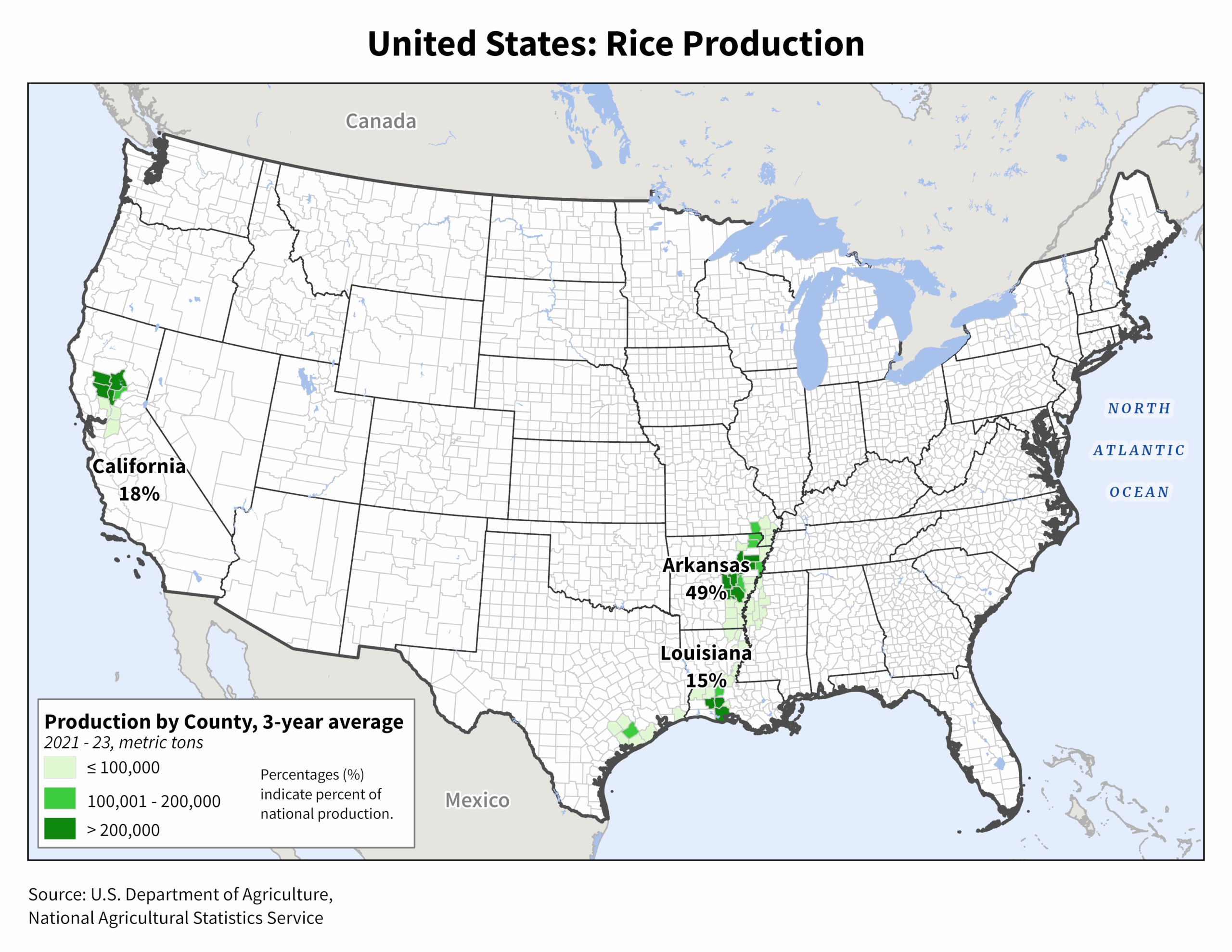
So even organic rice isn’t immune. Heavy metals can linger in the soil for decades and get absorbed regardless of organic certification.
What the 2025 Study Found
The latest report from Healthy Babies Bright Futures doesn’t just confirm suspicions—it provides hard data on just how widespread heavy metal contamination in rice really is. Here’s what their team uncovered.
Across-the-Board Contamination
According to HBBF:
100% of rice samples contained arsenic, cadmium, lead, and mercury.
Over 25% of rice products exceeded 100 parts per billion (ppb) of inorganic arsenic—the FDA’s action level for infant rice cereal, which does not apply to regular rice.
Brown rice contained significantly more arsenic than white rice, with some samples reaching up to 151 ppb.
These levels are not just statistically significant—they’re alarming, especially considering how often rice is recommended in “clean” diets and baby foods.

Children and Pregnant Women at Highest Risk
Infants and toddlers who eat rice-based snacks, cereals, or meals are at high risk. Arsenic exposure at a young age can impair cognitive development, lower IQ, and increase the risk of behavioral problems.
Pregnant women consuming rice regularly may also transfer arsenic and other heavy metals to the developing fetus, with potential consequences for brain development, organ function, and long-term health.
Even healthy adults aren’t off the hook. Chronic exposure to even small amounts of these metals can accumulate over time, contributing to a range of health issues, from cardiovascular disease and cancer to hormonal imbalances and neurological damage.
Breaking Down the Heavy Metals
Each of these toxic heavy metals affects the body differently—some more insidiously than others. Understanding how they work is key to knowing the full risk rice presents when consumed regularly.
1. Arsenic
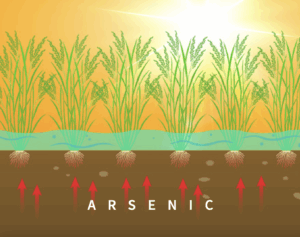 Inorganic arsenic is classified by the EPA as a Group A human carcinogen. Long-term exposure can lead to cancers of the skin, lungs, bladder, and liver. It can also interfere with nutrient absorption and gut health. Even short-term exposure in children can negatively impact IQ and attention span.
Inorganic arsenic is classified by the EPA as a Group A human carcinogen. Long-term exposure can lead to cancers of the skin, lungs, bladder, and liver. It can also interfere with nutrient absorption and gut health. Even short-term exposure in children can negatively impact IQ and attention span.
2. Cadmium
Cadmium is a heavy metal associated with kidney damage, osteoporosis, and an increased risk of several cancers. It also interferes with calcium metabolism, making it particularly concerning for children and older adults.
3. Lead
There is no safe level of lead exposure. It accumulates in the bones and affects nearly every organ system. Lead is particularly damaging to the brain, making it a leading cause of developmental delays and neurobehavioral disorders in children.
4. Mercury
Mercury exposure is especially dangerous for pregnant women and infants. It disrupts fetal brain development and can impair vision, motor skills, and cognitive performance later in life. Adults exposed to mercury over long periods may suffer from mood disorders, tremors, and memory problems.
Health Implications You Can’t Ignore
We’re not just talking about acute toxicity here. The risk is cumulative and chronic, meaning the damage builds over time.
Even if you’re eating just a few servings of rice a week, those metals are adding up—especially if you’re combining rice consumption with other exposures (like contaminated water, fish high in mercury, or produce with pesticide residues).
The biggest takeaway? You might not feel the effects now, but your nervous system, hormones, reproductive system, and detox pathways are paying the price in the background.
Safer Grains and Cooking Strategies
Avoiding rice entirely might not be realistic, but making smarter choices about the types of grains you eat and how you cook them can make a big difference. Here are some practical ways to reduce your exposure without giving up your favorite dishes.
Alternative Grains
Fortunately, there are plenty of rice alternatives with lower heavy metal risks:
Quinoa
Amaranth
Millet
Barley
Farro
Buckwheat
Oats (organic and glyphosate-free recommended)
HBBF’s study showed these grains contain 69% less toxic metal content on average compared to rice.
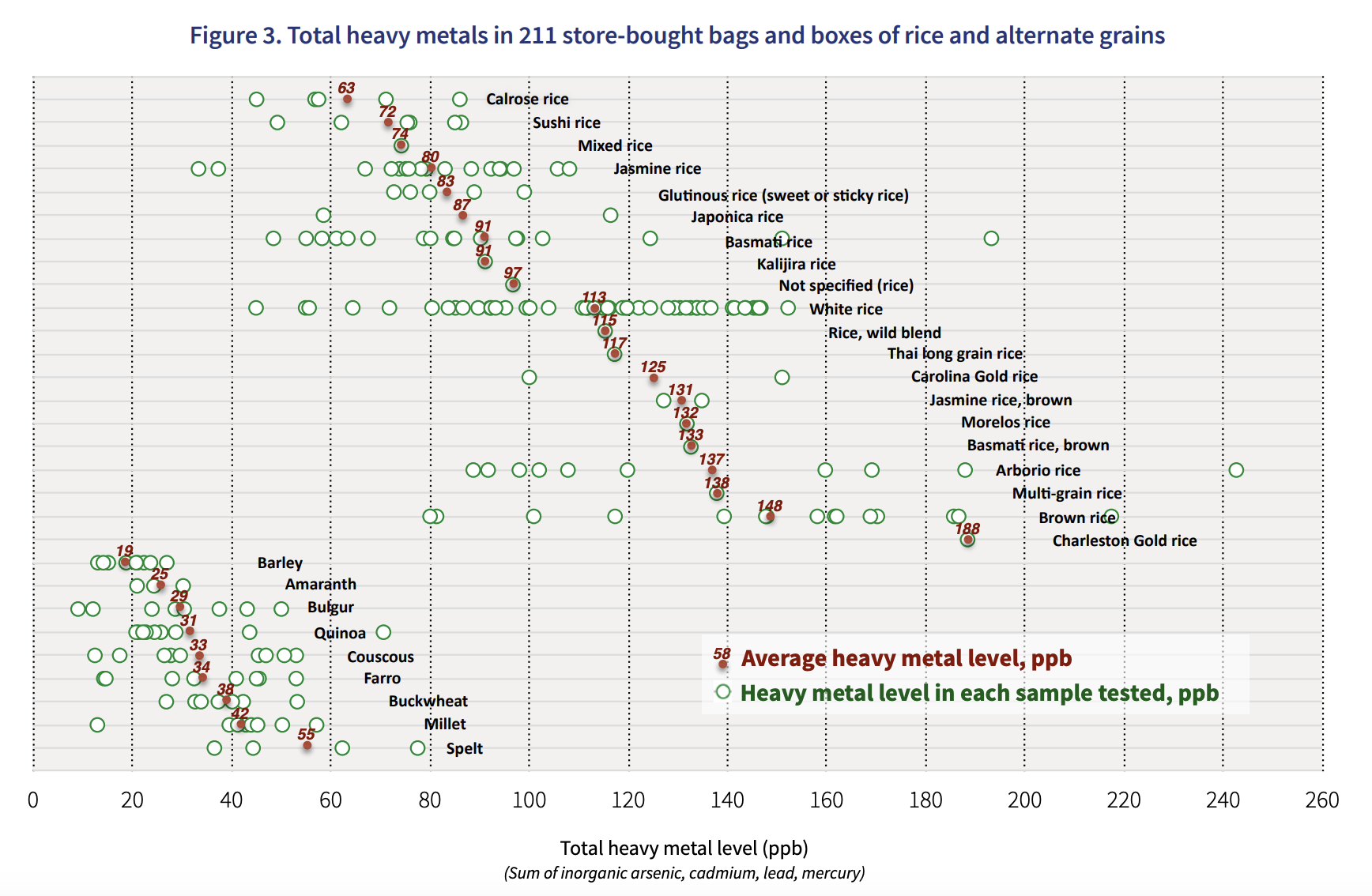
Cooking Hacks to Reduce Contamination
If you’re not ready to give up rice entirely, there are still ways to reduce your exposure:
Rinse Thoroughly: Washing rice with purified water and baking soda 2–4 times before cooking can reduce arsenic levels by 10–30%.
Cook Like Pasta: Boil rice in 6 cups of purified water for every 1 cup of rice and then drain the excess water.
Use Parboiled Rice: Parboiling (partially boiling rice in the husk) helps retain nutrients while reducing arsenic content.
Limit Brown Rice: Although it’s more nutrient-dense, it also contains more arsenic because the outer layers of the grain retain more toxins.
What the Government Isn’t Doing (Yet)
The FDA currently has no enforceable arsenic limit for general rice products. That means the rice you’re eating tonight could legally contain 120 ppb of arsenic or more. The only current federal guideline (100 ppb) applies to infant rice cereal, and even that was only issued after years of advocacy.
While some states and advocacy groups are pushing for limits on arsenic and other metals in all rice products, industry resistance and regulatory inertia have kept action slow. Without firm regulation, the burden falls on consumers to protect themselves.
What You Can Do
You don’t need to panic, but you do need a game plan. Reducing your exposure to heavy metals in rice starts with awareness and ends with smarter habits. Here’s how to begin making simple, impactful changes.
1. As a Consumer
Choose rice grown in California over southern states; it tends to have lower arsenic.
Diversify your grains to avoid daily exposure.
Look for rice brands that disclose heavy metal testing.
Consider rice from countries with stricter soil quality control (e.g., India and Thailand).
2. As a Parent
Limit rice-based snacks and cereals for young kids.
Use alternatives like oats, quinoa, or banana-based purees.
Prepare rice with care: rinse, cook with extra water, and limit servings.
3. As a Citizen
Support advocacy organizations like Healthy Babies Bright Futures.
Contact the FDA and ask for enforceable limits on arsenic in all rice products.
Spread awareness in your community, especially to parents and pregnant women.
These steps won’t eliminate all risk, but they’ll reduce your toxic burden significantly. And when it comes to chronic exposure, every little bit of awareness and effort matters.
Final Thoughts
Rice has long been a staple in cultures across the globe. But just because something is traditional doesn’t mean it’s safe in our modern, industrialized food system. Soil contamination, legacy pesticides, and unregulated heavy metal exposure are turning a humble grain into a silent health hazard.
You don’t have to quit rice forever, but you do need to make informed decisions. Diversify your grain intake. Rinse and cook rice strategically. And above all, don’t wait for the government to protect you—empower yourself with knowledge and take action now.
Your body (and brain) will thank you later.

